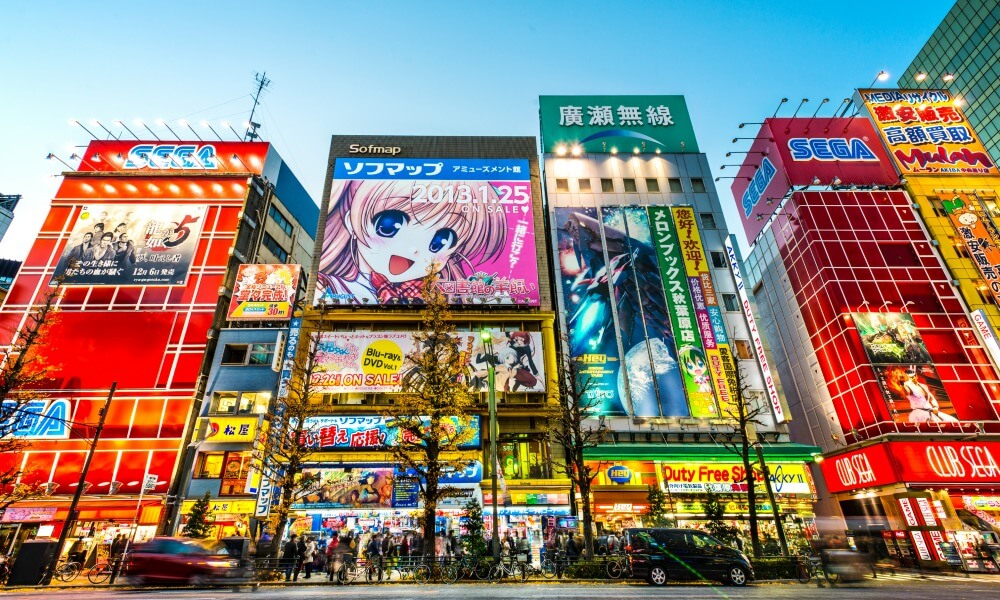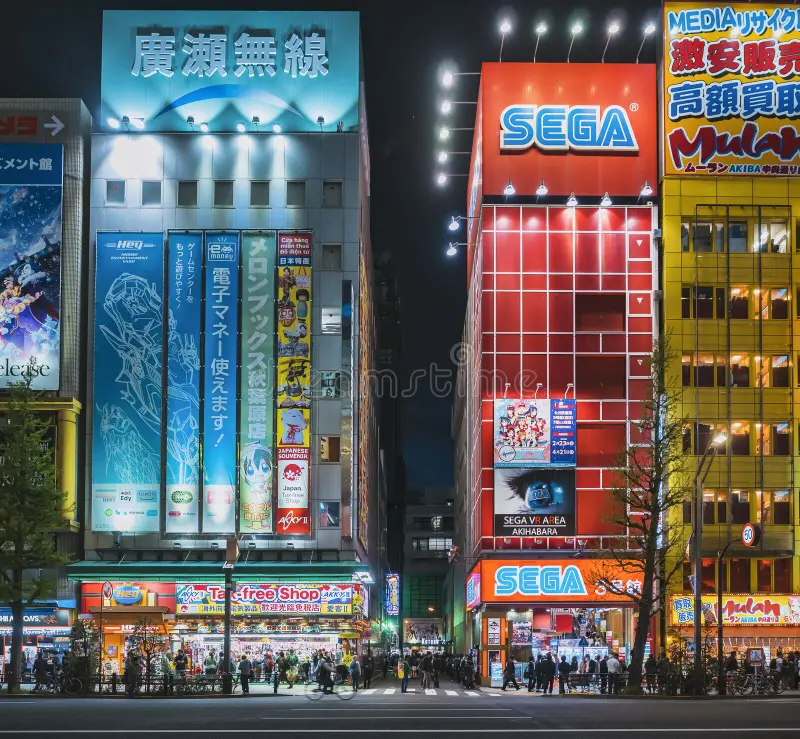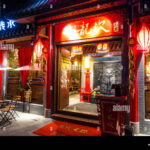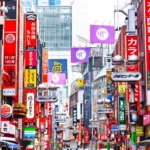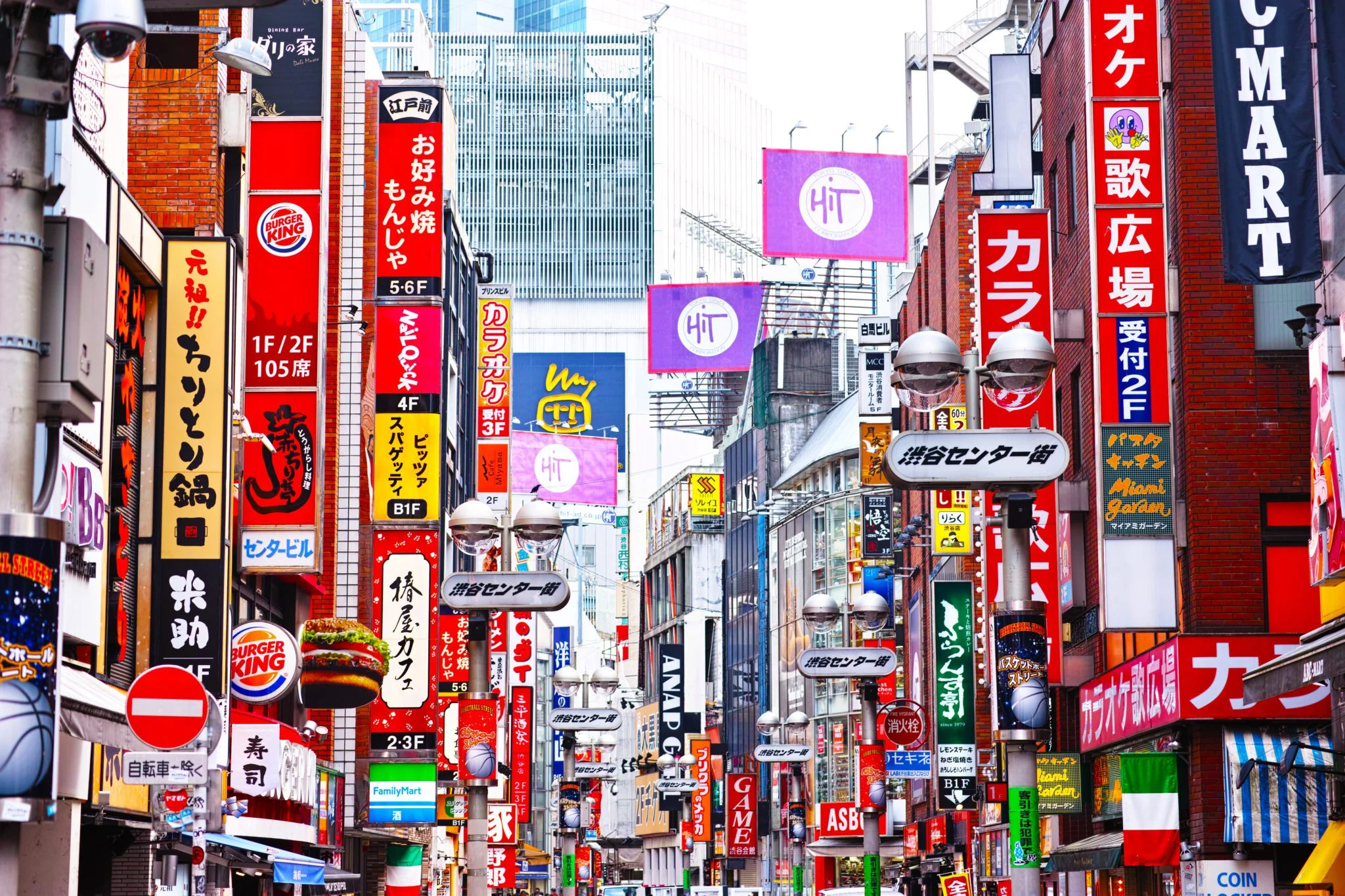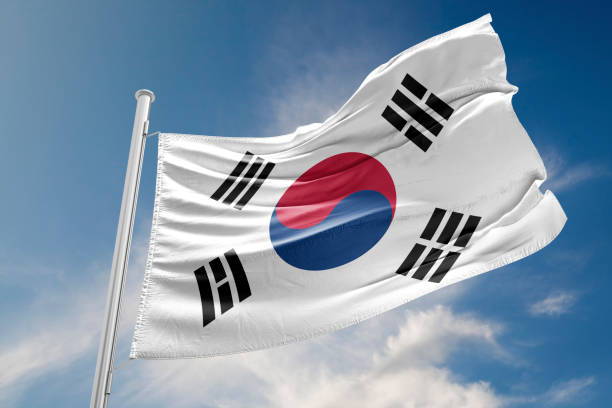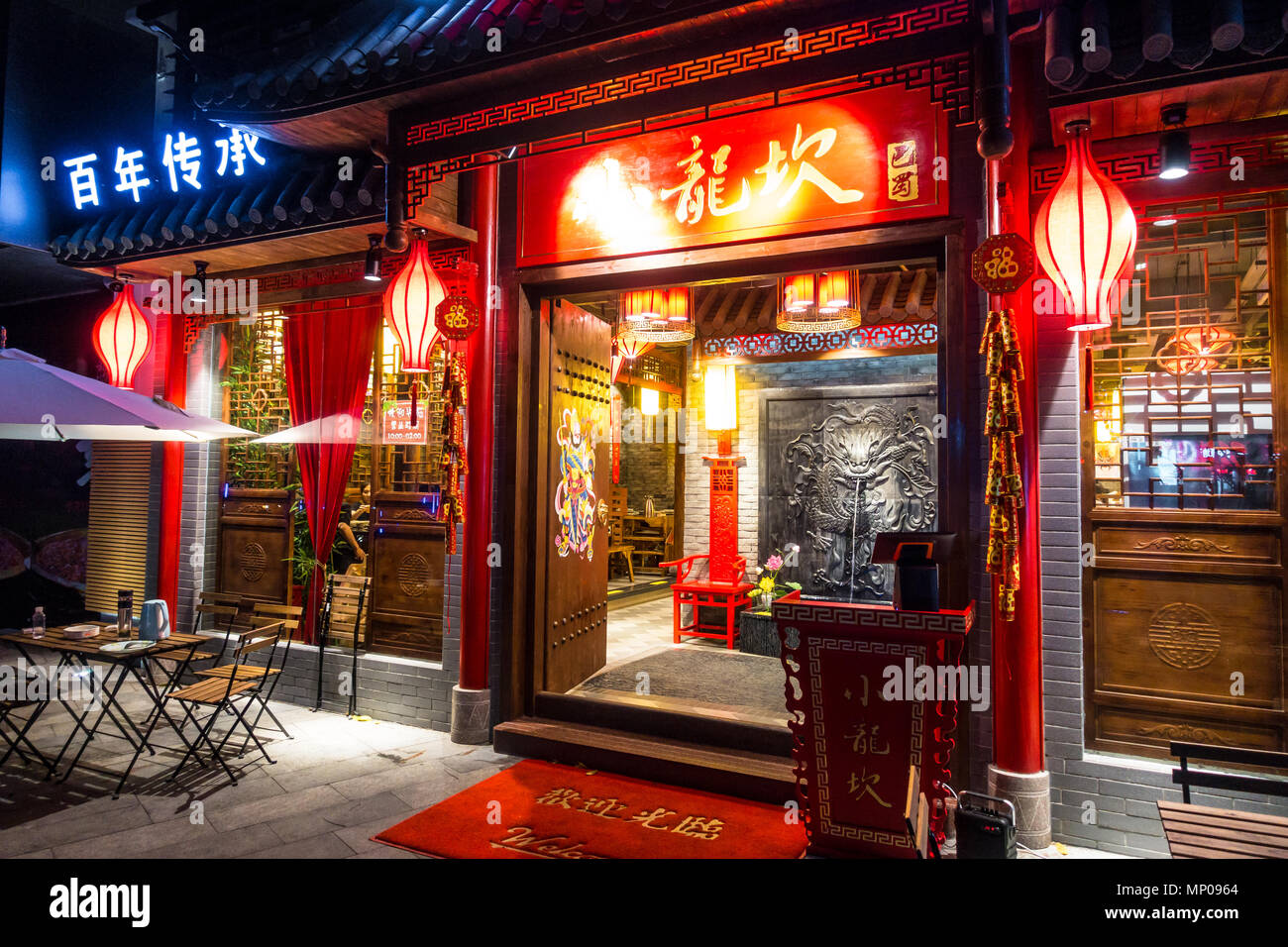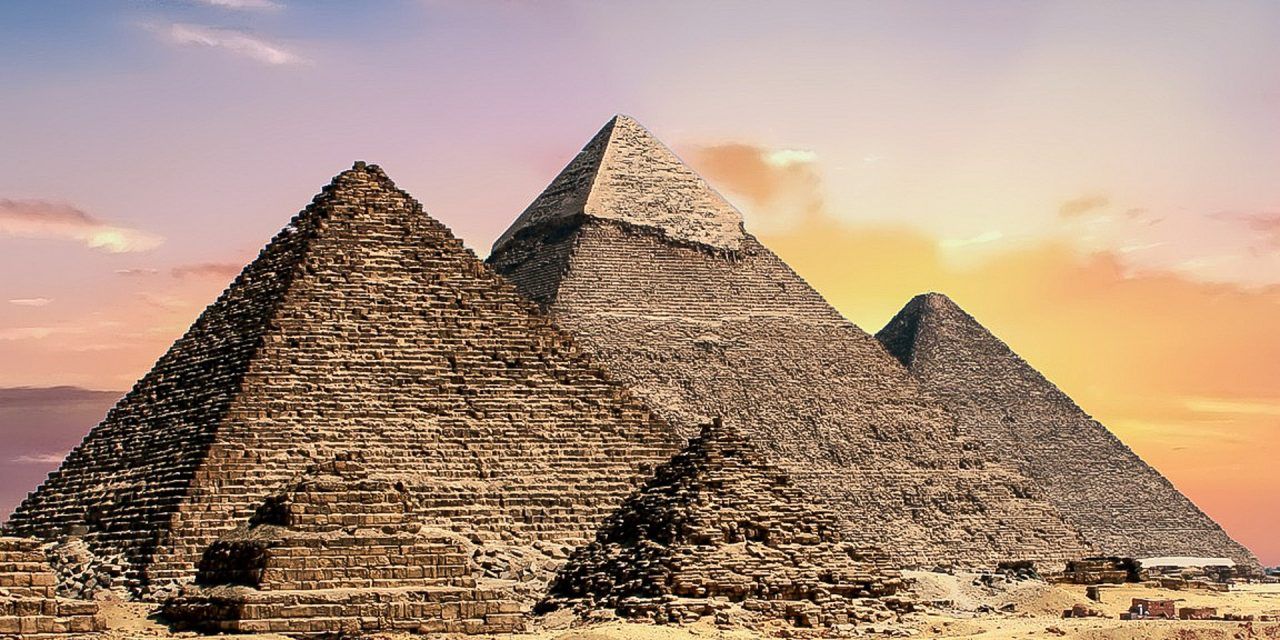Japan, located in East Asia, is an island nation known for its rich history, unique culture, advanced technology, and stunning natural landscapes. Here is an overview of Japan:

1. Tokyo:
- Tokyo, the capital city, is a bustling metropolis known for its cutting-edge technology, modern skyscrapers, and vibrant street life. It is also a hub for fashion, entertainment, and diverse culinary experiences.
2. Kyoto:
- Kyoto, the former imperial capital, is famous for its well-preserved traditional architecture, historic temples, and beautiful gardens. It offers a glimpse into Japan’s cultural heritage, with geisha districts, tea ceremonies, and traditional arts.
3. Osaka:
- Osaka is known for its lively street food scene, vibrant nightlife, and modern architecture. It is a culinary hub, often referred to as the “Kitchen of Japan,” offering a variety of delicious local dishes.
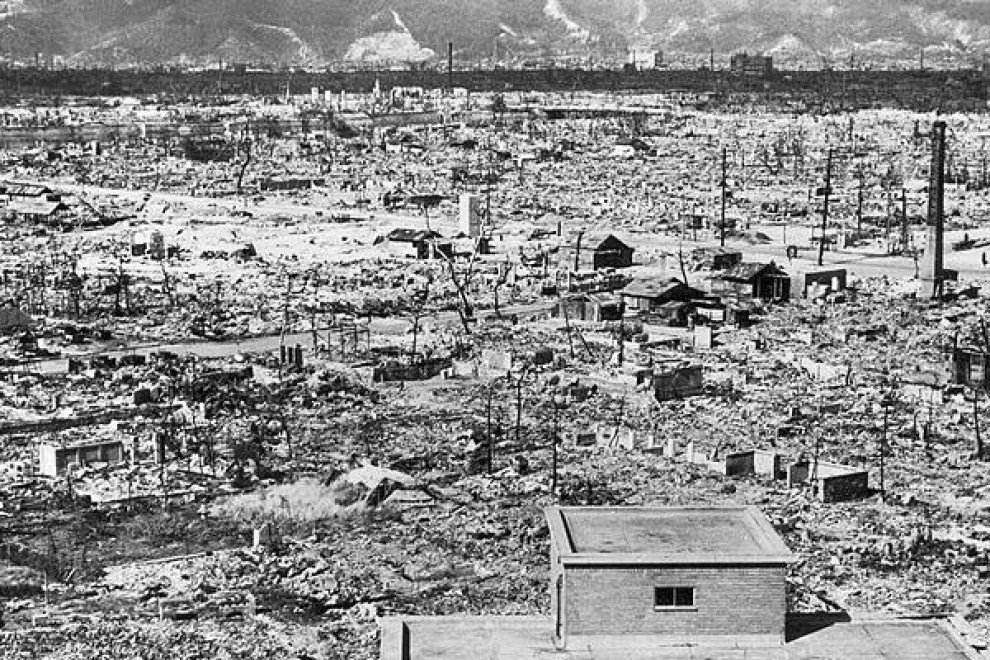
4. Hiroshima and Nagasaki:
- These cities are historically significant as the sites where atomic bombs were dropped during World War II. Today, they stand as symbols of peace and resilience, with memorials and museums commemorating the tragic events.
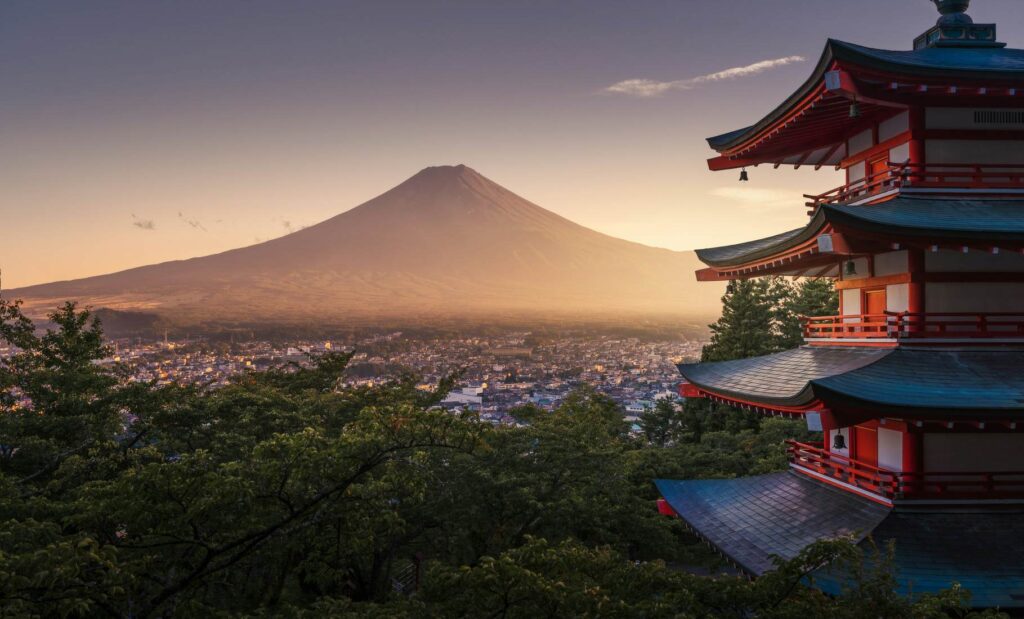
5. Mount Fuji:
- Mount Fuji is Japan’s highest peak and an iconic symbol of the country. Visitors often travel to the Fuji Five Lakes region to admire the mountain’s beauty, especially during the cherry blossom season.
6. Japanese Gardens:
- Throughout Japan, you can find meticulously designed traditional gardens that reflect the principles of Japanese aesthetics. These gardens often feature ponds, bridges, and carefully arranged flora.
7. Cherry Blossom Season:
- Spring brings the iconic cherry blossoms (sakura), transforming parks and streets into a sea of pink and white blossoms. The annual cherry blossom viewing, known as “hanami,” is a cultural event celebrated with picnics and festivities.
8. Traditional Arts:
- Japan is renowned for its traditional arts, including tea ceremony (sado), ikebana (flower arranging), calligraphy (shodo), and traditional theater forms like Noh and Kabuki. These arts are deeply ingrained in Japanese culture and are often practiced and appreciated.
9. Shinkansen (Bullet Train):
- Japan is known for its efficient and high-speed rail network, including the Shinkansen, or bullet train. The Shinkansen connects major cities, allowing travelers to move swiftly across the country.
10. Technology and Innovation: – Japan is a global leader in technology and innovation. It is home to major electronics and automotive companies, and cities like Tokyo are known for their futuristic skyscrapers and high-tech districts.
11. Onsen (Hot Springs): – Japan is situated on the Pacific Ring of Fire, resulting in numerous hot springs scattered across the country. Bathing in onsens is a traditional and relaxing cultural experience.
12. Sumo Wrestling: – Sumo wrestling is Japan’s national sport, rooted in centuries of tradition. Tournaments are held throughout the year, providing an opportunity for visitors to witness this unique form of wrestling.
13. Japanese Cuisine: – Japanese cuisine, including sushi, ramen, tempura, and kaiseki (traditional multi-course meals), is celebrated worldwide for its fresh ingredients and meticulous preparation. Each region has its own culinary specialties.
14. Akihabara: – Akihabara in Tokyo is known as the center of otaku (anime and manga fan) culture. It is a vibrant district filled with electronics stores, anime shops, and themed cafes.
Japan’s blend of ancient traditions and modern innovations, coupled with its stunning natural beauty, makes it a captivating destination for travelers seeking a diverse and immersive experience.
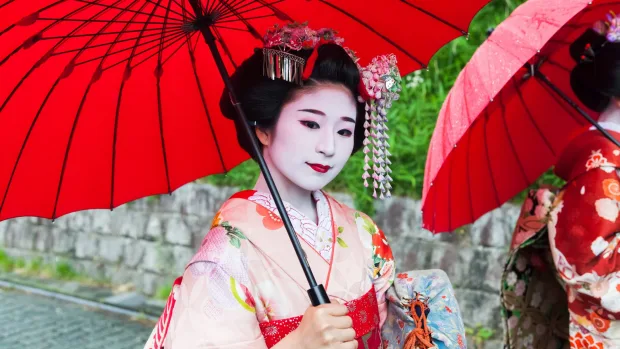

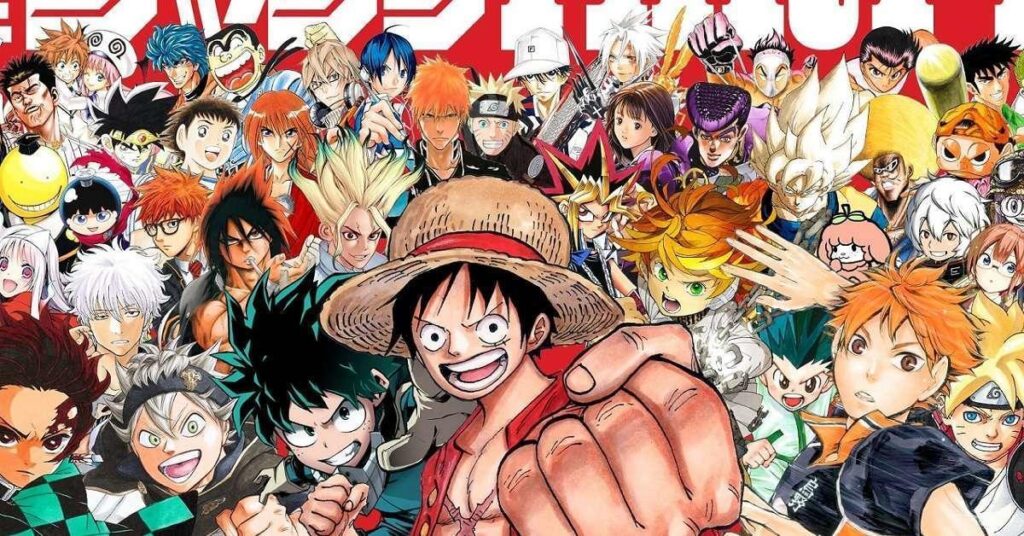
Anime is a style of animation that originated in Japan and has become a global phenomenon, known for its diverse genres, unique art styles, and compelling storytelling. Here’s an overview of Japanese anime:
1. Art Style:
- Anime is characterized by its distinct art style, which often features colorful visuals, exaggerated facial expressions, large and expressive eyes, and dynamic character designs. The art style can vary significantly across different genres and creators.

2. Genres:
- Anime covers a wide range of genres, appealing to audiences of all ages and tastes. Common genres include Shonen (targeted at young males), Shojo (targeted at young females), Seinen (aimed at adult men), and Josei (aimed at adult women). Additionally, there are genres like Mecha (giant robots), Isekai (parallel world), Fantasy, Slice of Life, and more.

3. Studio Productions:
- Numerous animation studios in Japan produce anime. Some of the well-known studios include Studio Ghibli, Toei Animation, Kyoto Animation, Madhouse, and Bones. Each studio has its unique style and approach to storytelling.
4. Cultural Influence:
- Anime often incorporates elements of Japanese culture, folklore, and societal norms. It serves as a window into Japanese traditions, customs, and historical narratives, offering viewers an immersive experience.
5. Manga Adaptations:
- Many anime series and films are adaptations of manga, which are Japanese comic books or graphic novels. Manga serves as source material for anime, and successful manga often get animated adaptations to reach a broader audience.
6. Global Popularity:
- Over the years, anime has gained immense popularity worldwide. Iconic series like “Dragon Ball,” “Naruto,” “One Piece,” and films like “Spirited Away” and “Your Name” have contributed to anime’s global appeal.
7. Cosplay Culture:
- Anime has inspired a vibrant cosplay culture, where fans dress up as their favorite anime characters. Conventions worldwide feature cosplay events, providing a space for fans to celebrate their love for anime.
8. Streaming Platforms:
- The accessibility of anime has increased with the availability of streaming platforms dedicated to anime content. Services like Crunchyroll, Funimation, and Netflix offer a vast library of anime series and films, making it easier for fans to explore a wide range of titles.
9. Fandom and Community:
- The anime community is passionate and engaged. Fans discuss series, create fan art, participate in conventions, and build online communities. Social media platforms play a significant role in connecting anime enthusiasts from around the world.
10. Industry Impact: – The anime industry has a considerable economic impact in Japan and globally. Merchandise, video games, and other related products contribute to the industry’s success.
11. Crossover Appeal: – Anime has crossed over into mainstream popular culture, influencing fashion, music, and even Hollywood films. The success of anime adaptations like “My Hero Academia” and “Attack on Titan” has further expanded the medium’s reach.
Anime’s ability to explore complex themes, engage diverse audiences, and push creative boundaries has contributed to its enduring popularity, making it a significant cultural export for Japan and a beloved form of entertainment for fans worldwide.
